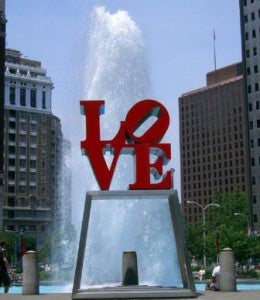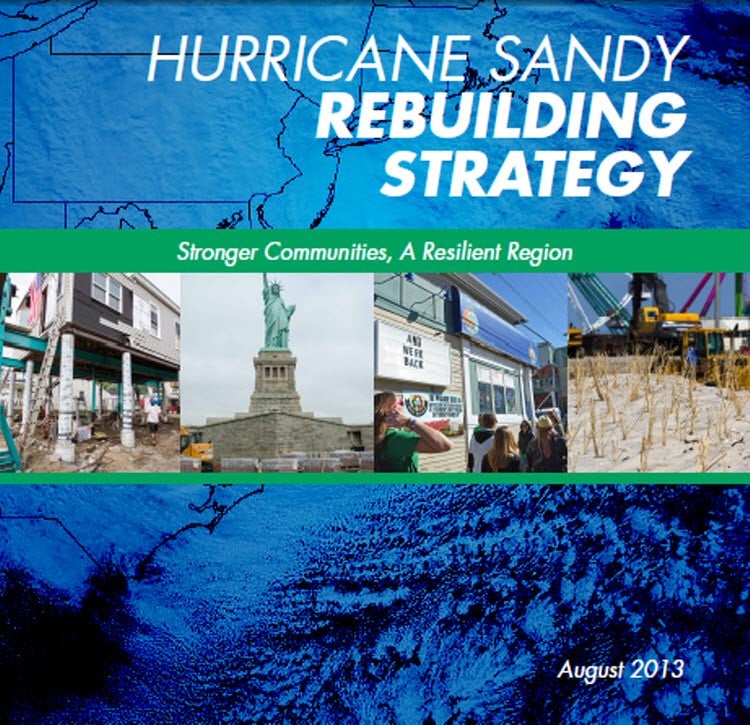This commentary originally appeared on our EDF Voices blog by Ben Schneider, EDF Communications Manager

Love Park in Center City, Philadelphia, Pennsylvania. The park is nicknamed Love Park for Robert Indiana’s Love sculpture which overlooks the plaza.
Curbing pollution to protect the world now and for future generations is an obvious argument in favor of sustainability. But as organizations and companies throughout the country are demonstrating, sustainability is also big business. So much so, in fact, that some of America’s oldest cities are embracing it as a way to revitalize their economies.
Want proof it can work? Look no further than Philadelphia. It’s a quintessentially historic city – the Founding Fathers signed the Declaration of Independence and established the U.S. Constitution there, after all. And if you’ve ever spent any time there, you’ve probably noticed its history is still a central part of its identity. The William Penn statue atop City Hall, Independence Hall, the cobblestone streets – Philadelphia has gone to great lengths to preserve the past as an intrinsic part of its modern character.
Digging a little deeper, it’s clear the city has its eye on the future much more than the past. Greenbuild held their annual conference in Philadelphia last month, and it was abundantly clear public and private entities alike are investing time and resources to aggressively reinvent Philadelphia as a model of 21st century efficiency and sustainability, and they’re not alone.
Hundreds of companies and organizations, and 30,000 attendees, set up shop throughout the city’s Convention Hall to show off their latest work in sustainable building practices. The expo has grown so large it attracted former Secretary of State Hillary Clinton for the key note address, who spoke of the potential for green building to bolster the nation’s economy and help America achieve energy independence.
Philadelphia organizations embraced their time in the green building spotlight and emphasized the city’s progress and intent:
- Last year, the Philadelphia Eagles football team installed 14 micro-turbines and 11,000 solar panels in and around Lincoln Financial Field, the largest solar array in any NFL stadium.
- The city’s water department is two years into a 25-year plan to implement a groundbreaking, city-wide storm water management plan that will drastically reduce water pollution and reinvent the city’s infrastructure in the process.
- The Navy Yard — which dates back to 1776, when the United States needed to bolster its navy for the Revolutionary War and was shuttered in the mid-1990s – has been remade into a 1,200 acre business campus where 130 companies now utilize the space for offices, manufacturing, research and development, and more.
These kinds of stories are important to remember as the environmental movement continues to broaden our circle of supporters. Within the traditional base of the environmental movement, calls to preserve the world we leave our kids resonate deeply. But we’ll need more non-traditional allies if we’re going to enact the kind of sweeping reforms needed to fight climate change. Adding the economic and financial benefits of sustainability to the conversation are one way to do that.
Philadelphians embrace their rich heritage as much as any city in America – and as they demonstrate, that’s no reason not to look toward the future with excitement as well.










